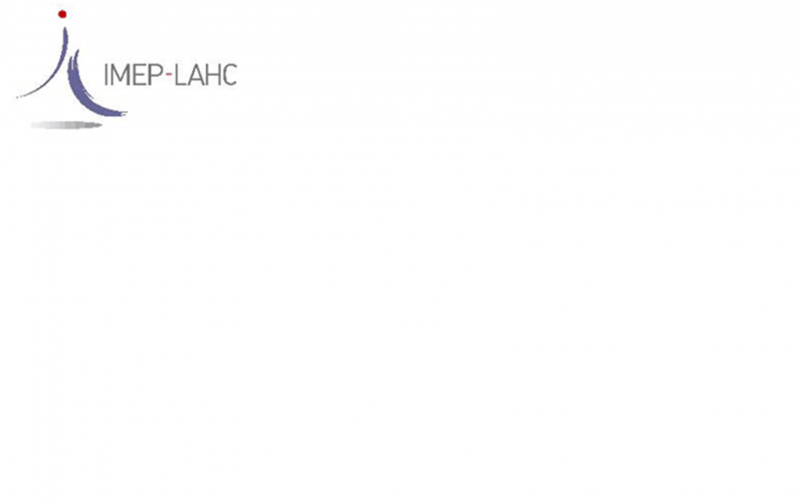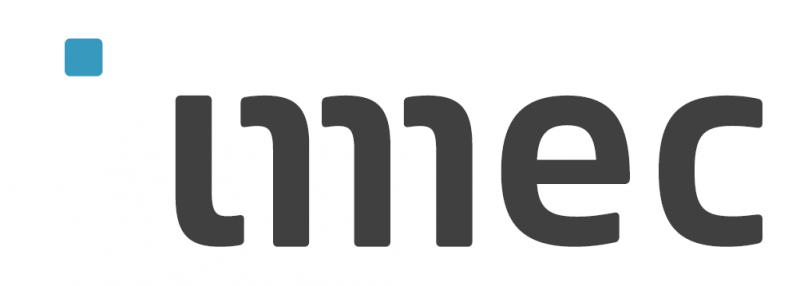Challenges for the end of Moore Law

Francis Balestra
Director of Research CNRS
CNRS-Grenoble INP

Abstract
The historical trend in micro/nano-electronics over the last 50 years has been to increase both speed and density by scaling down the size of electronic devices, together with reduced energy dissipation per binary transition, and to develop many novel functionalities for future electronic systems. We are facing today dramatic challenges for More Moore and More than Moore applications: substantial increase of energy consumption and heating which can jeopardize future IC integration and performance, reduced performance due to limitation in traditional high conductivity metal/low k dielectric interconnects, limit of optical lithography, heterogeneous integration of new functionalities for future nanosystems, etc. Therefore many breakthroughs, disruptive technologies, novel materials, and innovative devices are needed in the next two decades.With respect to the substantial reduction of the static and dynamic power of future high performance/ultra low power terascale integration and autonomous nanosystems, new materials, ultimate processing technologies and novel CMOS or Beyond-CMOS device architectures (FDSOI, FinFET, Nanowire FET, Nanosheet devices, Carbon Nanotube FET, Tunnel FET or Ferroelectric Gate FET with Negative Capacitance, Non-charge-based Memories –e.g. PCRAM, ReRAM, MRAM, FeRAM- 3D integration, etc.) are mandatory for different applications, as well as new circuit design techniques, architectures and embedded software.This presentation will focus on the main trends, challenges, limits and possible solutions for future high performance and ultralow power nanoscale devices for the end of Moore’s Law.
Biography
BALESTRA Francis, CNRS Research Director at IMEP-LAHC, has been Director of several Laboratories, IMEP and LPCS, for a total of 10 years and Director of the European Sinano Institute during 6 years. Within FP6, FP7 and H2020, he coordinated several European Projects (SINANO, NANOSIL, NANOFUNCTION, NEREID) that have represented unprecedented collaborations in Europe in the field of Nanoelectronics. He is member of the AENEAS Scientific Council, of the European Academy of Sciences, of the Advisory Committee of several International Journals and of European Working Groups for Roadmapping activities. He founded (ULIS, WOLTE, INC) or organized many international Conferences, and has co-authored a large number of books and publications. He is currently Vice President of Grenoble INP, in charge of European activities.



